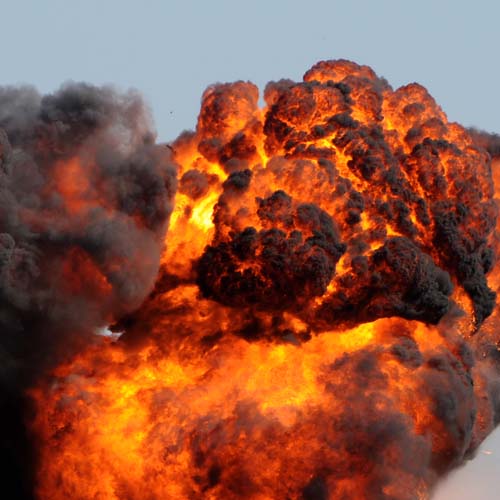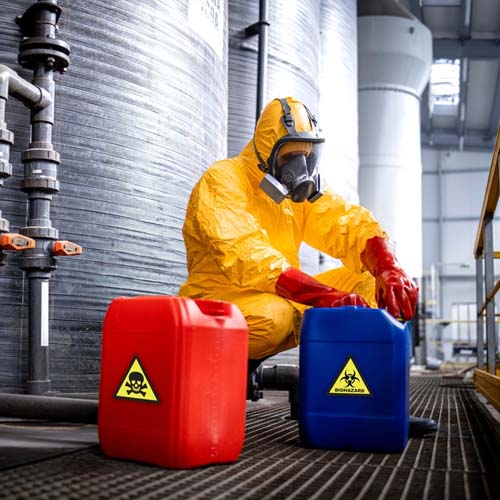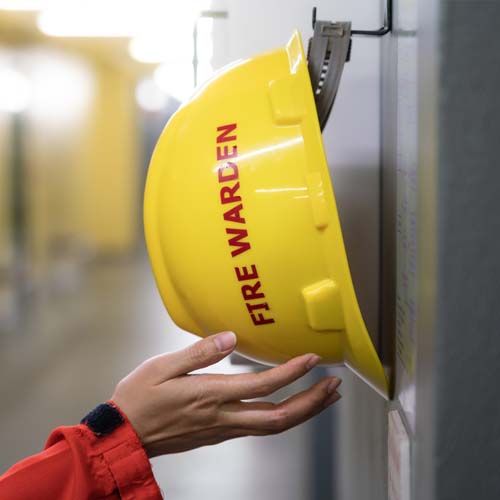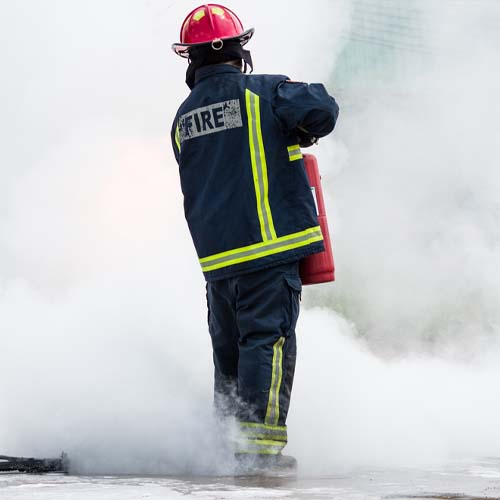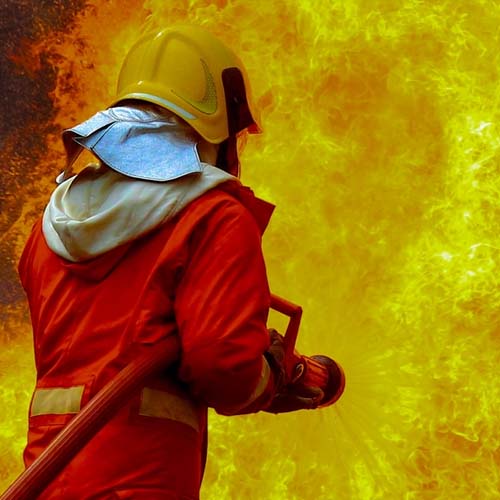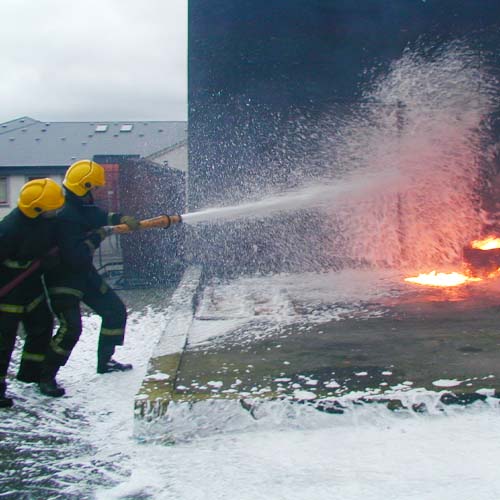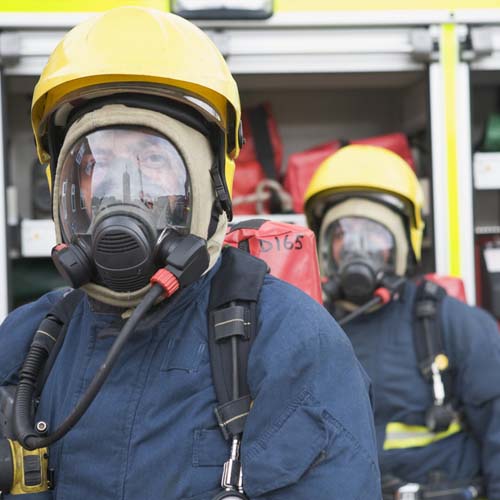Fire and Rescue Courses
Fire and Rescue Courses
Occupli is a leading provider of Fire and Rescue training internationally for over 10 years.
Fire & Rescue Courses
Our success is centred around the quality of our trainers and our training facilities.
We provide both Marine and Industrial Fire Safety Training courses in Ireland, the UK, Europe, the Middle East and Africa. Many of our courses are internationally accredited incl. STCW, DOT, FETAC, QQI and more.
Occupli clients include pharma, petrochemicals, shipping companies, fire services, ship manning agencies, rigs, etc.
Occupli Training Fire Centre
The Occupli Training Fire Centre is located near Cork International Airport. Occupli staff organise accommodation. All instructors are fire brigade services trainers while all our fire engineers work full-time in fire engineering in addition to being excellent lecturers. Safety is our highest priority.
Our equipment includes flashover units, helicopter simulators, flange fires, claustrophobic units, confined space tanks/tunnels, “Aquarium Unit”, etc. We use clean burn equipment.
ATEX Courses
Chemical Courses
Fire Warden Courses
Fire Safety Courses
ERT Courses
HAZOP Courses
Trainee Fire Fighter
Breathing Apparatus
“Very complimentary of the facilities, the fire gear, the trainers and the fire exercises. It was great to allow each member of the team put out the fire. It was also very beneficial doing the exercises in the flashover unit at exceptionally high temperatures, all very well controlled.”
Sample Courses
Occupli Training delivers a wide range of fire training and fire fighter courses, including Marine STCW, Confined Space, Incident Commander, Emergency Response Team, Fire Warden, Trainee Fire Fighters, etc. Occupli Training also provides a large range of fire related consultancy services such as Fire Certificate Applications, HAZOP training, SEVESO consultancy, ATEX consultancy, and Asbestos services.
The following is a short list of courses. We also provide recruitment, energy and environmental services.
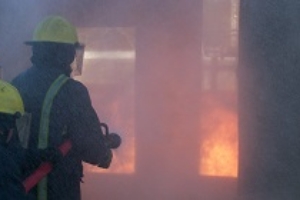 Occupli carries out training of the Emergency Response Teams (ERT) to deal with both minor and serious emergency situations. The situations can include general fires, as well as more specific events such as chemical spill, confined space rescues, explosions, life rescue situations, search and rescue, rescue from height, etc.
Occupli carries out training of the Emergency Response Teams (ERT) to deal with both minor and serious emergency situations. The situations can include general fires, as well as more specific events such as chemical spill, confined space rescues, explosions, life rescue situations, search and rescue, rescue from height, etc.
Course Objectives
To train members of an Emergency Response Team (ERT) and ERT Team Leaders to a level of competency so they may deal with and manage both minor and serious emergency situations.
Target Audience
Your Emergency Response Team – team members and team leaders
Course Contents
Courses can be customised to clients` needs, and typically will cover such issues as:
- Overview of relevant legislation
- Cause and cost of fires
- Understanding fires
- Fire classification
- Physics and chemistry of fires
- Development and spread of fire
- Introduction to breathing apparatus including basic search and rescue
- Experience hot fire and smoke filled buildings
- Fire behaviour demonstration (backdraft and flashover)
- Fire extinguisher practicals using simulated gas fires
- Fire hose drills followed by practical use on simulated gas fires
- Responding to and dealing with chemical spill (practical exercise)
- Confined space rescue (practical exercise using tripod)
- The course can be run either in-house or at the CMSE Training Fire Centre facility.
Breathing Apparatus
Occupli Training provides two Breathing Apparatus training courses – a 1 day and a 2 day course. Contact us for further information on which type of course would best suit your requirements.
Course Objectives
At the end of this course, participants should be able to:
- Handle Breathing Apparatus (BA)
- Properly fit Breathing Apparatus
- Properly fit face mask
- Test Breathing Apparatus
- Target Audience
- Employees who are required to wear a Breathing Apparatus set.
Course Contents
- Description of Breathing Apparatus set
- Correct procedures for cylinder connection to set
- Carrying out of high and low pressure tests on set
- Donning and removal of set – Individual practice
- Entry control procedures / Calculations litres per minute
- Safety checks including check for positive pressure
- Use of the Bypass
- Warning whistle activation
- Gauge readings
- Permit to Work Systems
- The two day course also includes:
- Search and rescue theory
- Extra practical exercises
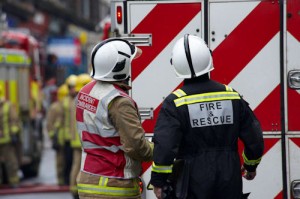
This course is aimed at ERT Team Leaders and ERT Deputy Team Leaders who have the responsibility for the management of emergency incidents. This course is designed to give them the necessary skills to co-ordinate and manage their ERT Teams in emergency situations.
Upcoming Courses
This course is only available as a private course. Contact us on 1850 315 415 or email info@occupli.com for more details.
Duration: 2 Days
Participants: Up to 10 participants
Assessment: Participants will be required to complete a practical and short written test
Accreditation: Full certification of attendance is provided on completion of this course
Course Objectives
On completion of this course participants will be able to:
- Know the Risks / Hazards associated with emergency incidents
- Understand emergency procedures for incident commanders
- Take command and control of an emergency incident
- Understand the role of; Management / ERT Team Leaders / ERT Members / Liaison with Emergency Services
Target Audience
Emergency Response Team Leaders and Deputy Leaders who take control of emergency incidents on site
Course Contents
- Course introduction
- Legal Overview
- Command and control of an emergency incident
- Roles and responsibilities of the ERT team
- Communication skills
- Liaising with Emergency Services
- Setting up and understanding Hot, Warm and Cold zones in a chemical incident
- Search and rescue procedures
- Procedures for briefing and de-briefing teams
- Personal Protective Clothing
- Breathing apparatus procedures including Firemanship
- Case studies – Incidents
- Fire behaviour – Flash Over / Backdraught including Aquarium demonstration
- Practical demonstration
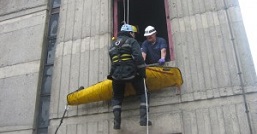
This course is designed for all personnel who work at height and also at ERT Teams who may be required to rescue a person from a height. The course will provide participants with the knowledge and practical skills, which will allow them to perform a rescue from height in a safe and competent manner.
Upcoming Courses
This course is only available as a private course. Contact us on 1850 315 415 or email info@occupli.com for more details.
Duration: 2 Days
Participants: Up to 10 participants
Accreditation: Full certification of attendance is provided on completion of this course
Course Objectives
To provide participants with the knowledge and practical skills, which will allow them to perform a rescue from height in a safe and competent manner.
- Know the Risks / Hazards associated with emergency incidents
- Understand emergency procedures for incident commanders
- Take command and control of an emergency incident
- Understand the role of; Management / ERT Team Leaders / ERT Members / Liaison with Emergency Services
Target Audience
This training is suitable for all personnel who work at height and Emergency Response Teams who as part of their duties might be required to rescue persons from height with the aid of ropes, harnesses and other associated equipment.
Course Contents
- Legal Overview
- Course Safety Codes
- Personal Protective Equipment (PPE)
- Team Equipment and Safety Issues
- Knots and Lines
- Anchors and Belays (Theory & Practical)
- Anchor Systems & Double Anchor Points
- Working Safely in a Harness
- Harness Suspension Stress
- Working from Height
- Basic Lowering Techniques
- Single Person Rescue
- Practical Exercises
Click here for more information on Marine Fire Fighting.


